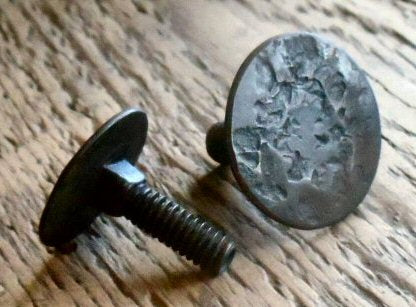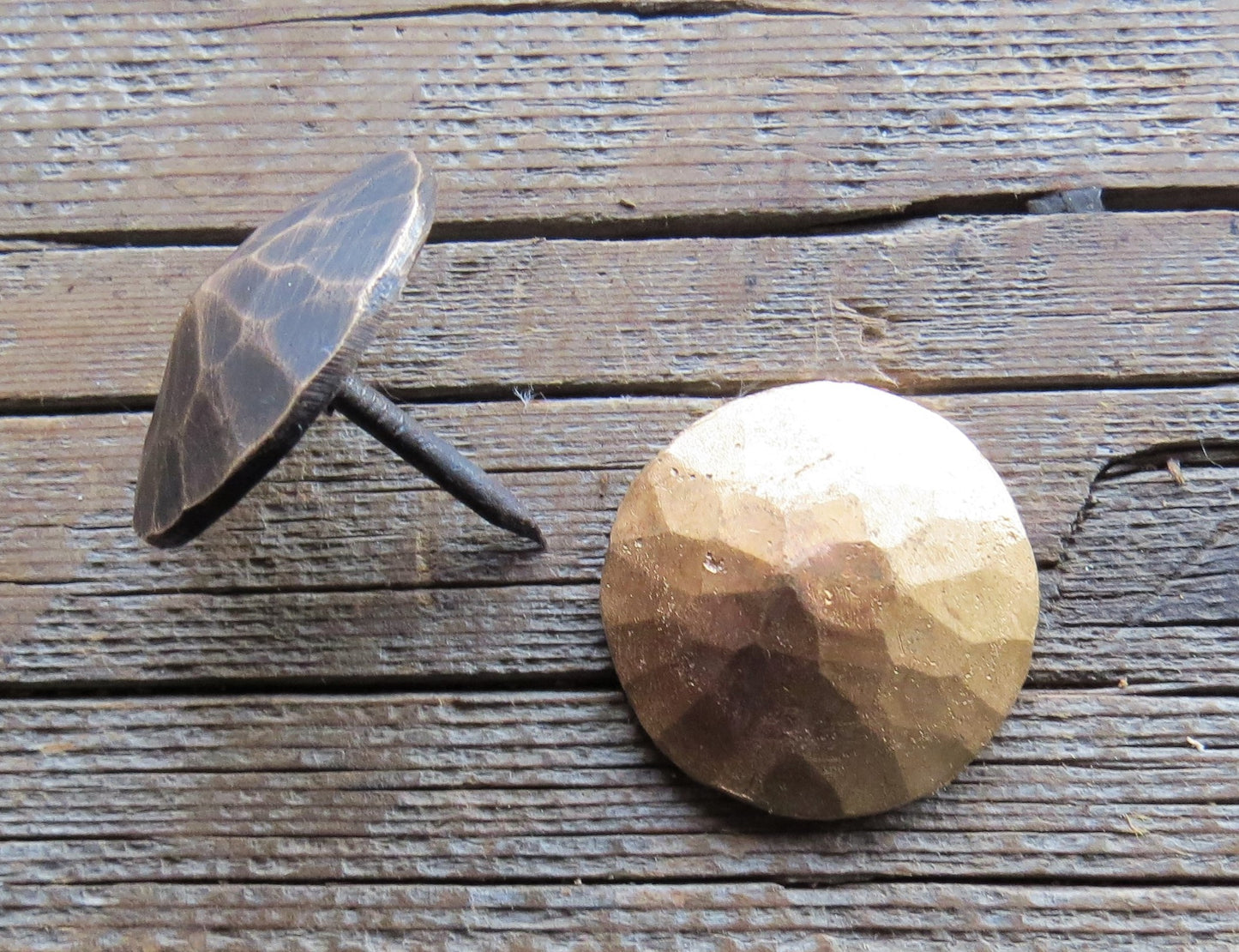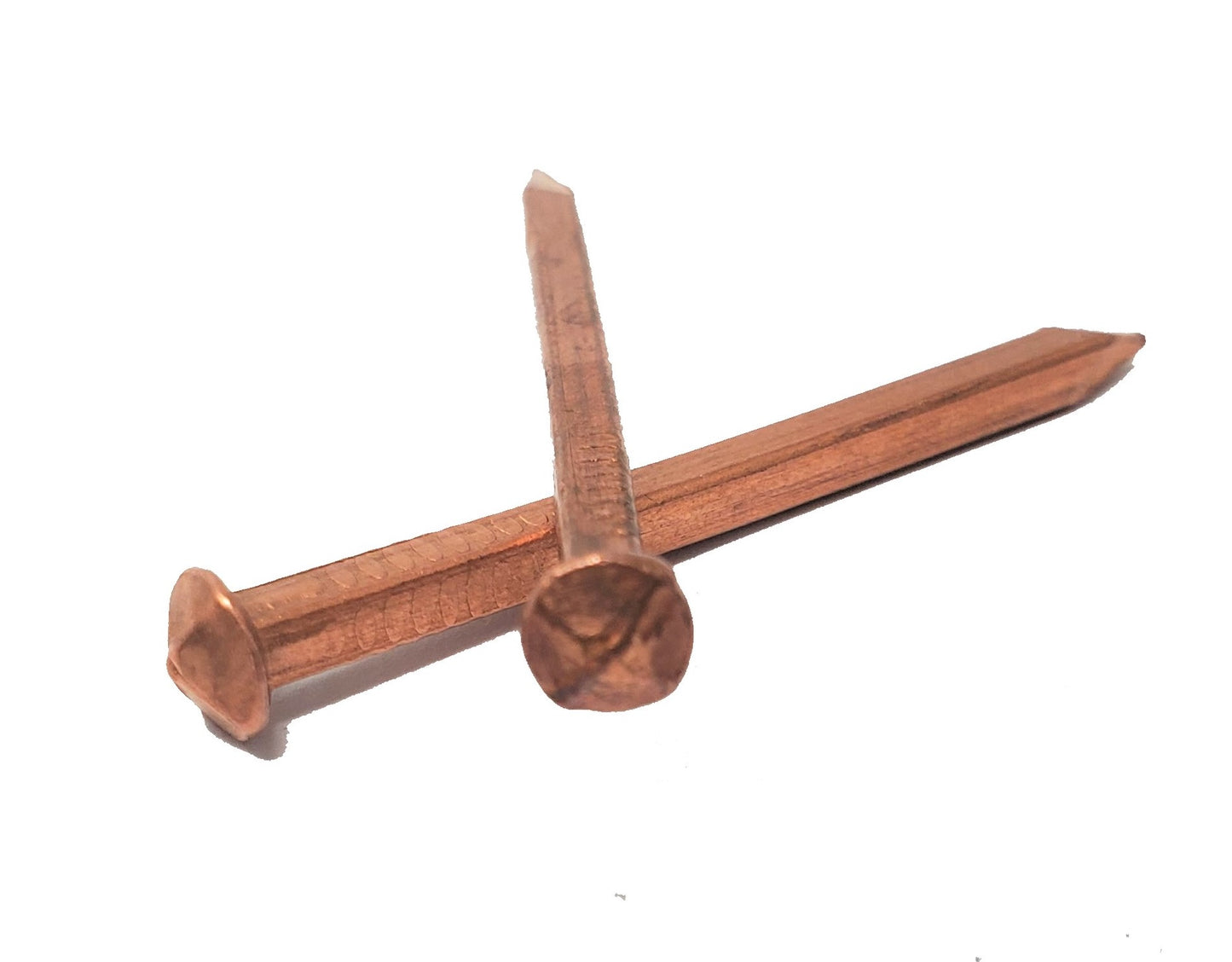
Building or renovating a home involves numerous decisions and countless details, one of which is selecting the right fasteners for various projects. Whether you are a seasoned DIY enthusiast or a professional in the construction industry, navigating the myriad of fasteners available can be overwhelming. With so many options to choose from, it’s easy to order the wrong type and find yourself wasting time with returns. Fear not! This crash course on different types of fasteners, featuring
Wood Screws

What Are Wood Screws?
Wood screws are specialized fasteners designed specifically for woodworking applications. They typically have a sharp point and coarse threads that grip the wood fibers, providing a secure hold. Historically, wood screws have been used since the 19th century, evolving from handcrafted pieces to mass-produced items. Today, there are various types of wood screws available, including brass, copper stainless steel, and coated screws for different environments and uses.
Uses of Wood Screws
Wood screws are versatile and indispensable in many woodworking projects. They are commonly used to join wooden components, secure hinges and brackets, and attach hardware. Unlike nails, wood screws provide a stronger bond and are less likely to loosen over time, making them ideal for structural applications such as building furniture, cabinetry, and decking.
Guide to Using Wood Screws
To use wood screws effectively, first, select the appropriate size and type for your project. Pre-drill pilot holes slightly smaller than the screw diameter to prevent wood splitting and ensure a snug fit. Use a screwdriver or drill with a suitable bit to drive the screw into the wood, ensuring it is flush with or slightly below the surface. For added strength, consider using wood glue in conjunction with screws.
Lag Screws/Bolts

What Are Lag Screws/Bolts?
Lag screws, also known as lag bolts, are heavy-duty fasteners commonly used in construction and structural applications. They feature a hex or square head and a threaded shaft that provides a strong hold in wood or metal. Historically, lag screws date back to the early 19th century, and their robust design has made them a staple in construction ever since.
Uses of Lag Screws/Bolts
Lag screws are ideal for applications requiring a strong, secure connection, such as fastening heavy beams, posts, and other structural elements. They are often used in building decks, retaining walls, and timber frame structures. The hex or square head allows for a tight fit with a wrench or socket, ensuring maximum torque and stability.
Guide to Using Lag Screws/Bolts
To use lag screws, start by drilling a pilot hole slightly smaller than the screw's diameter. This prevents splitting and makes it easier to drive the screw. Insert the lag screw into the hole and use a wrench or socket to tighten it securely. Ensure the screw head is flush with the surface for a clean finish. For added security, washers can be used to distribute the load and prevent the screw head from sinking into the material.
Bolts

What Are Bolts?
Bolts are threaded fasteners used in conjunction with nuts to join two or more components together securely. They come in various head styles, including hex and square heads, each offering different benefits. Historically, bolts have been used since ancient times, evolving from simple hand-forged items to precision-engineered fasteners.
Uses of Bolts
Bolts are commonly used in construction, machinery, and automotive applications. They provide a strong, reliable connection for assembling metal, wood, and other materials. Bolts are ideal for situations where disassembly and reassembly are required, such as in furniture, engine components, and structural framing.
Guide to Using Bolts
To use bolts, align the components to be joined and insert the bolt through the pre-drilled holes. Place a washer and nut on the bolt's threaded end and tighten them using a wrench or socket. Ensure the bolt is flush with the surface for a secure fit. If needed, apply a thread-locking compound to prevent the nut from loosening over time.
Carriage Bolts and Elevator Bolts


What Are Carriage Bolts and Elevator Bolts?
Carriage bolts are unique fasteners with a round, domed head and a square section beneath it that prevents the bolt from turning once installed. Elevator bolts, on the other hand, have a flat, countersunk head and are designed for use in conveyor systems. The main difference between the two lies in their head shapes and specific applications.
Guide to Using Carriage Bolts and Elevator Bolts
To use carriage bolts, drill a hole through the materials to be joined and insert the bolt, ensuring the square section fits snugly into the hole. Tighten the nut on the threaded end using a wrench, and ensure the domed head is flush with the surface. For elevator bolts, the process is similar, but the flat head allows for a flush finish, ideal for conveyor systems and other flat surfaces.
Clavos and Nails

 What Are Clavos and Nails?
What Are Clavos and Nails?
Clavos are decorative nails featuring ornamental heads, often used for aesthetic purposes in woodworking and furniture making. These decorative nail heads most often have a nail backing that functionally works exactly as well as a regular nail, but the large, intricate heads stand out from other hardware options. Standard nails, on the other hand, are plain fasteners with a sharp point and a flat head, used in various construction and carpentry applications. Clavos date back to medieval times, where they were used to add artistic flair to doors and furniture.
Uses of Nails and Clavos
Nails are versatile fasteners used for framing, finishing, and attaching materials in construction and woodworking. Clavos, with their decorative heads, are often used in furniture making, interior design, and historical restorations to add a touch of elegance and authenticity.
Guide to Installing Nails and Clavos
To install nails, select the appropriate size and type for your project, and use a hammer to drive the nail into the material. For clavos, pre-drill a hole slightly smaller than the nail's diameter, and gently tap the clavo into place with a hammer, ensuring the decorative head is flush with the surface.
Selecting the right fasteners for your projects can be a daunting task, but understanding the different types and their uses is key to success. From wood screws to clavos, each fastener has its unique applications and benefits, making them indispensable in construction, woodworking, and interior design. By following this crash course, you'll be well-equipped to choose the right fasteners and achieve professional results in your projects.
For more tips and insights, be sure to check out our other blog posts, visit our website, or contact our office for further questions and information. Happy building!
Maddison Mellem
p- (844) 205-7266
f- (844) 205-7267
